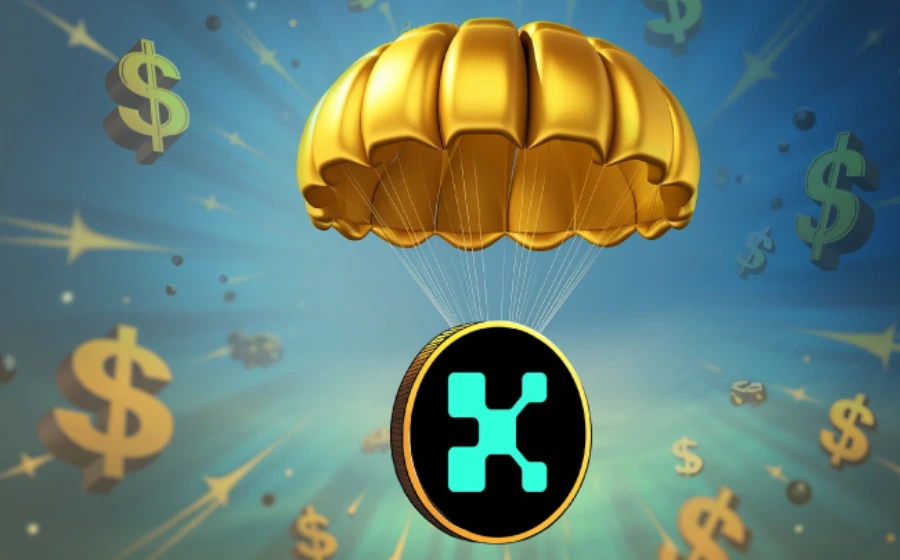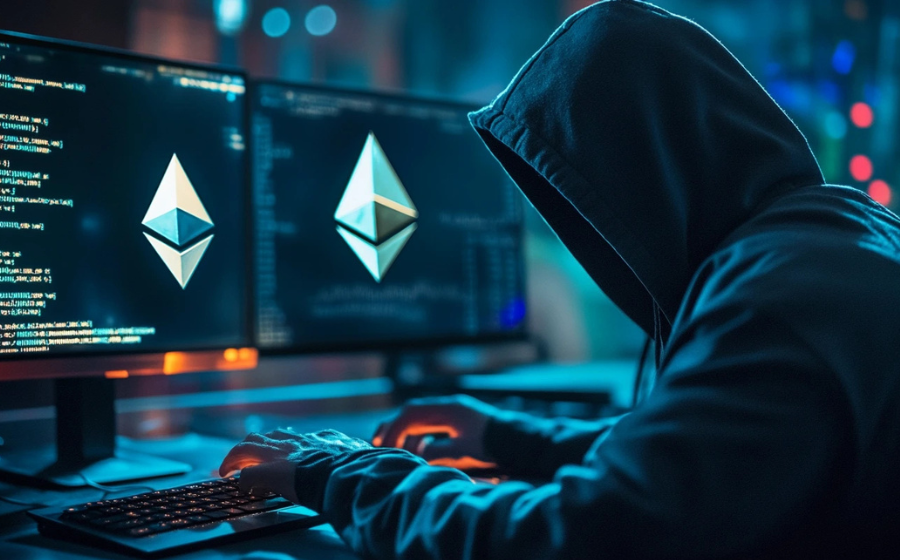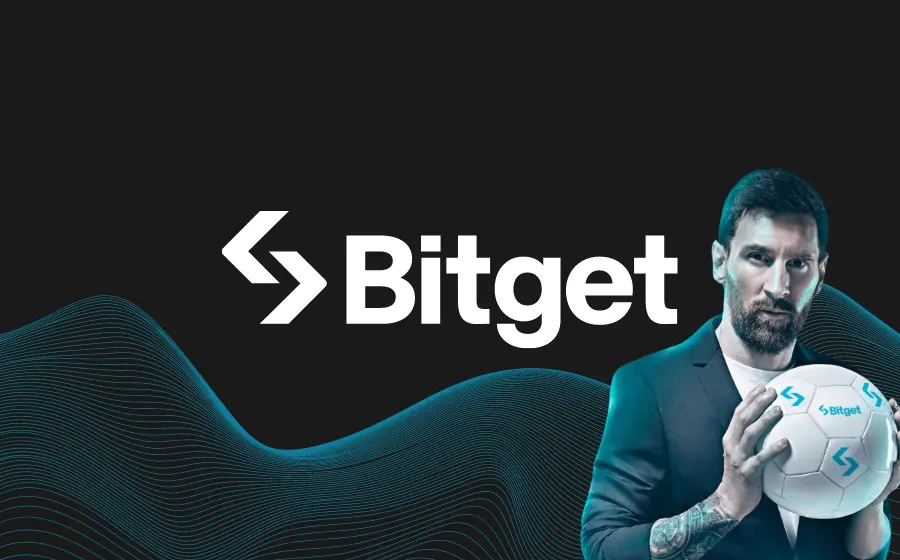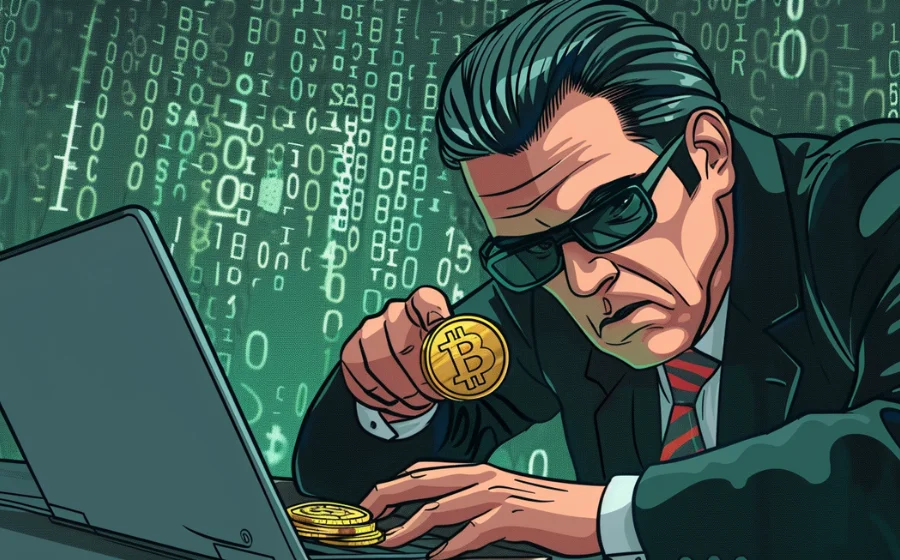
KEYTAKEAWAYS
- Bitcoin's transaction fees soar due to increased trading of Ordinals and Inscriptions.
- Ordinals and Inscriptions transform Bitcoin beyond currency, enabling unique digital expression.
- The community is divided over Bitcoin's evolution into NFTs, balancing innovation with tradition.

CONTENT
Recently, the transaction fees on the Bitcoin blockchain have surged once again, primarily due to a significant increase in trading activities involving meme coins, Ordinals, and Inscriptions on the market. This wave of enthusiasm has been sparked by substantial price increases of these digital assets, including the price of a “Bitcoin Frog” picture reaching 0.29 Bitcoin, equivalent to nearly 400,000 New Taiwan Dollars. This has triggered discussions about the potential for innovation and development in the Bitcoin NFT market.
1/ Launched on March 8 2023, Bitcoin Frogs are 10,000 digital collectibles that will live on Bitcoin forever. No more will ever be created. Rarities of traits in each layer are equal, allowing subjective appreciation of aesthetics and Satoshi-based rarities to emerge.
A 🧵👇 pic.twitter.com/iPq2A6ZLkb
— Bitcoin Frogs (@BitcoinFrogs) October 9, 2023
THE EARLY DAYS OF BITCOIN NFTS
The concept of Non-Fungible Tokens (NFTs) on Bitcoin has been around for 11 years, starting with the “Colored Coins” project. This project, considered an early form of NFTs, was proposed by a team including Yoni Assia, the founder of eToro, and Vitalik Buterin, the founder of Ethereum. Colored Coins aimed to add “color” to Bitcoins through metadata to create differentiated tokens. This method allowed Bitcoin to represent assets beyond just currency, such as company currencies (like airline miles), coupons, or even physical assets (like cars) or digital collectibles (such as digital art, music, movies). The idea was to “color” the smallest unit of Bitcoin—Satoshi—to carry more information and value.
However, due to the lack of support for smart contracts in the Bitcoin system at the time, the application scenarios for Colored Coins were relatively limited and primitive, which led to many restrictions in practical applications. The attempt to issue new tokens or NFTs on the Bitcoin blockchain without smart contract support faced significant technical and infrastructure limitations, preventing widespread adoption of this innovation.
FROM COLORED COINS TO ORDINALS AND INSCRIPTIONS
In contrast, the recent technologies of Bitcoin Ordinals and Inscriptions represent a significant advancement in the applications of the Bitcoin blockchain. Ordinals technology allows for adding unique numbers to each Satoshi of Bitcoin, while Inscriptions technology enables the binding of external information (such as text, images, or videos) to these uniquely numbered Satoshis. The emergence of these technologies has transformed Bitcoin from merely a means of transfer and value storage into a new tool for expression and creativity, allowing users to create and trade NFTs on the Bitcoin blockchain. For instance, the engraving service launched by Binance Pool, which allows users to issue tokens or upload images on the Bitcoin blockchain, marks an expansion in the applications of Bitcoin, albeit at a higher cost.
The development of NFTs and tokens on Bitcoin has sparked intense debate within the market, with divergent views within the community. Some believe this new functionality should be promoted, while others argue against using Bitcoin for these non-financial applications.
Within the Bitcoin community, there are two primary perspectives on the future development direction of the blockchain: progressives and conservatives.
PROGRESSIVES VS. CONSERVATIVES
Progressives believe that the Bitcoin blockchain should continually innovate and expand its functionalities to meet the needs of the modern financial ecosystem. They advocate for the development of smart contracts, NFTs, and even decentralized finance (DeFi) applications, arguing that this will help Bitcoin evolve into a diversified digital asset platform. Progressives view these new features as a way to transform Bitcoin not only into digital gold but also into something akin to “digital oil,” providing more value and use cases for developers and users. They believe such development will promote the growth of the Bitcoin economy, increase transaction volumes and fee revenue, ultimately benefiting miners and the entire Bitcoin ecosystem.

Conservatives, on the other hand, hold the opposite view. They believe Bitcoin should maintain its original design and purpose as a decentralized peer-to-peer electronic cash system. Conservatives argue that transforming Bitcoin into an all-encompassing platform could dilute its primary function and introduce security risks and unnecessary complexity. They contend that Bitcoin’s main value lies in being a secure, stable store of value and medium of transfer, rather than pursuing technological diversity or competing with emerging blockchains. Conservatives believe Bitcoin should focus on enhancing the performance and reliability of its core functions, such as improving transaction efficiency, reducing fees, and strengthening network security, rather than expanding into new application areas excessively.
These divergent views reflect the internal debate within the Bitcoin community about balancing innovation with tradition. Progressives value the potential and diverse application possibilities of Bitcoin technology, while conservatives emphasize maintaining Bitcoin’s original philosophy and ensuring its stability as a reliable digital currency. This debate not only involves technical and economic aspects but also touches on fundamental considerations regarding the future development direction and philosophy of Bitcoin.
CONCLUSION
In summary, the applications of the Bitcoin blockchain are gradually expanding, from its original transfer system to the current issuance of NFTs and tokens. Despite the technological challenges and disagreements within the community, the development of Bitcoin demonstrates its potential and diverse possibilities. However, whether new applications should be developed on Bitcoin remains a question worthy of deep reflection.















